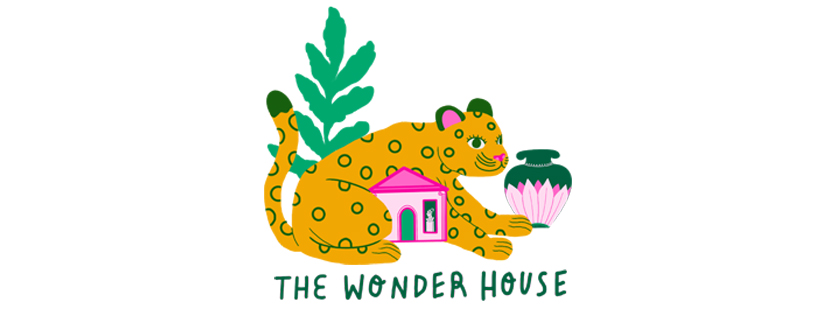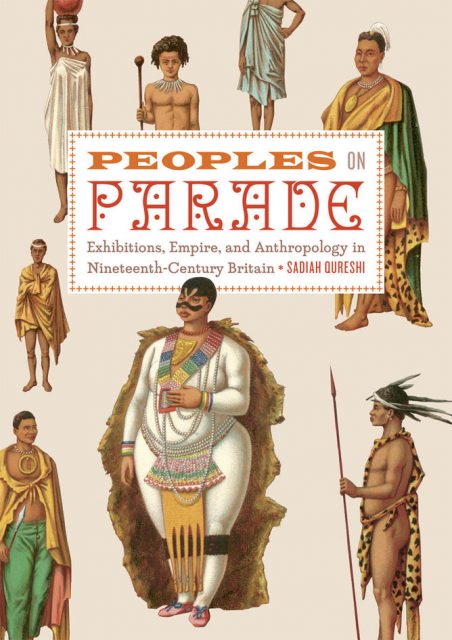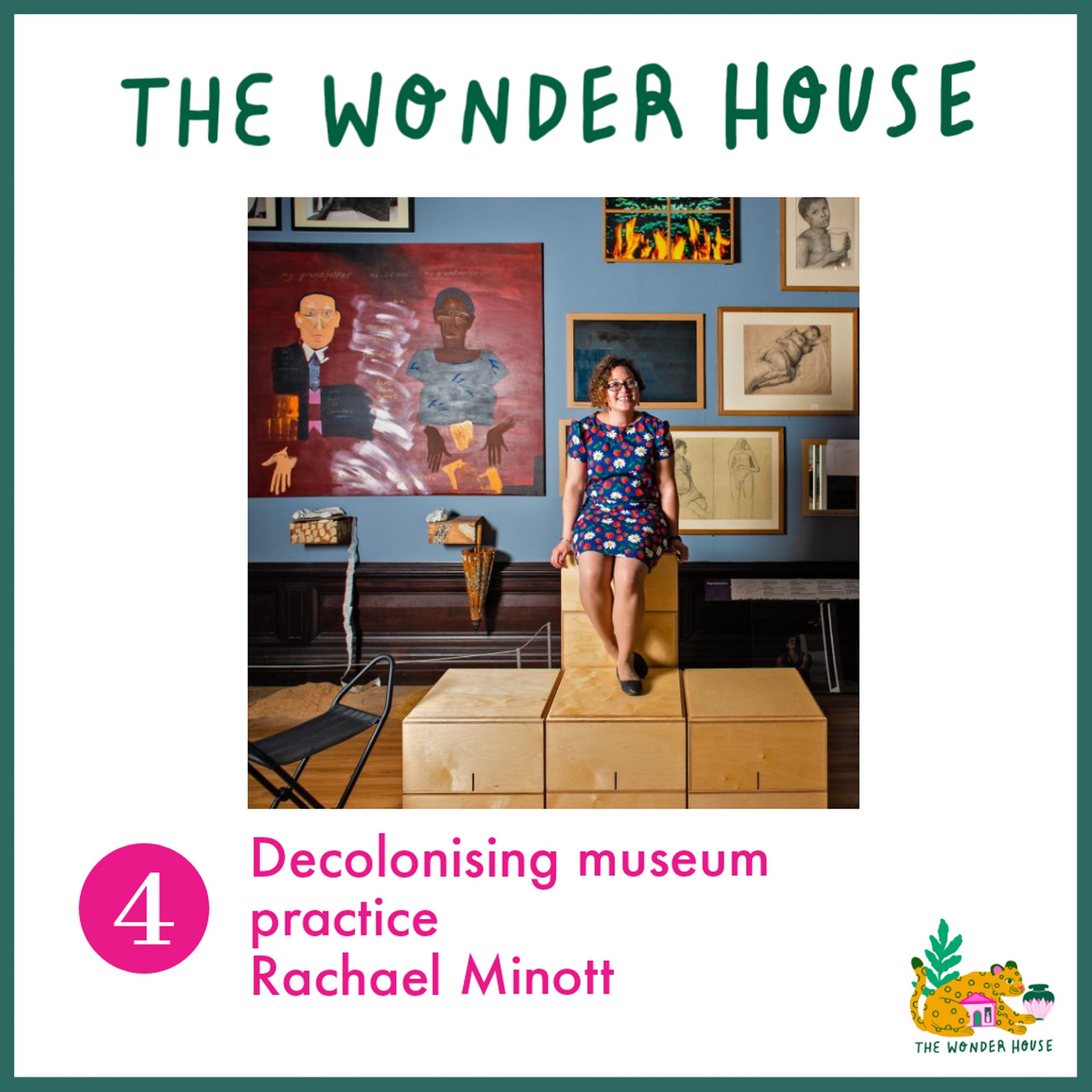In Episode 5, I speak to Dr Sadiah Qureshi, Senior Lecturer in Modern History at the University of Birmingham, about two recent projects that she has been working on, as well as her fascinating current research.
Sadiah has been a part of the Royal Historical Society’s Race, Ethnicity and Equality Working Group since its inception in 2017. Under the leadership of Prof. Margot Finn, the President of the Royal Historical Society (‘RHS’), this group published a landmark report on Race, Ethnicity and Equality in UK History (2017). In December 2019, the RHS published a document summing up the impact of the RHS working group and report one year on.
While I speak to Prof. Finn about the Report itself in a separate episode, I speak to Sadiah about her reasons for getting involved in this important project. This is because marginalised groups tend to shoulder far more than their share of ‘diversity work’. This type of work is often unpaid and undervalued, if not entirely overlooked by our peers and senior colleagues. Diverting our time towards such work can be especially frustrating because it takes us away from our core projects and any reduction in our research (or other) output is likely to have a negative impact on our careers. So, I wanted to know: what was different about this particular project?
Decolonising is not, of course, limited to museums, and curators and academics often - and increasingly - work on projects together, so there is overlap and cross-influence in terms of ideas, practice and outcome. I was keen to talk to Sadiah about her experience working collaboratively with the National Portrait Gallery in relation to the exhibition George Catlin: American Indian Portraits (2013). Catlin (1796-1872) was an artist, entrepreneur and showman, who documented the Native American peoples and their way of life, while also creating an ‘Indian Gallery’ that toured America and Europe for a decade.
I also take the opportunity to talk to Sadiah about her broader research into the commercial exhibition of displayed peoples in 19th century Britain, as well as her current work on the history of extinction. I encourage you to read Sadiah’s book Peoples on Parade: Exhibitions, Empire and Anthropology in nineteenth-century Britain (UCP, 2011). It has made me think more carefully about what it means to display objects, and how objects in galleries and exhibitions ‘perform’ and often stand in for entire peoples, places and histories.
Follow Sadiah @SadiahQureshi
Support The Wonder House
Subscribe, Subscribe, Subscribe!
This episode was Presented/Produced by Sushma Jansari (@TheWonderHouse) and Produced/Edited by Nick Harris (@2ndThoughtTank).





No Comments